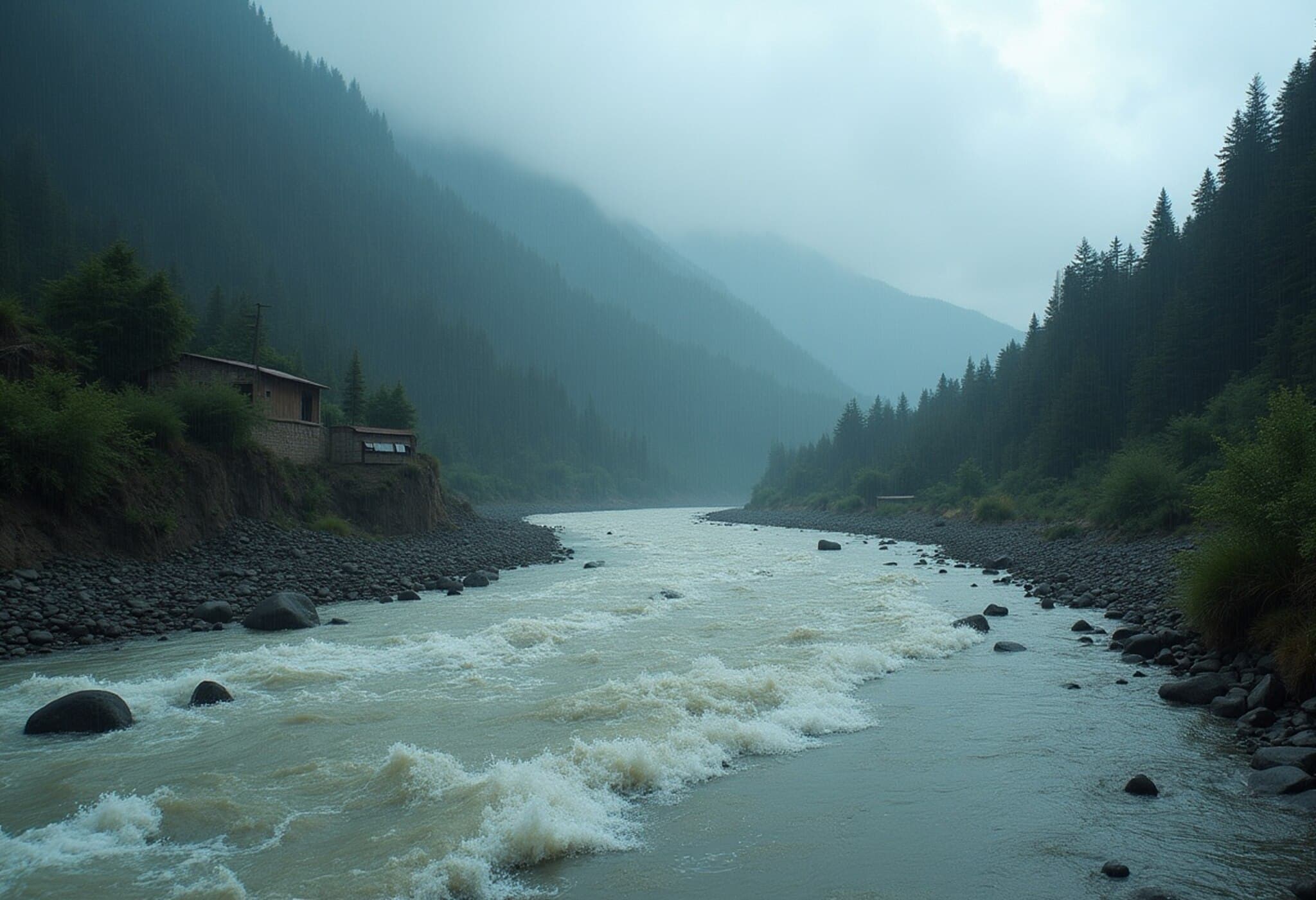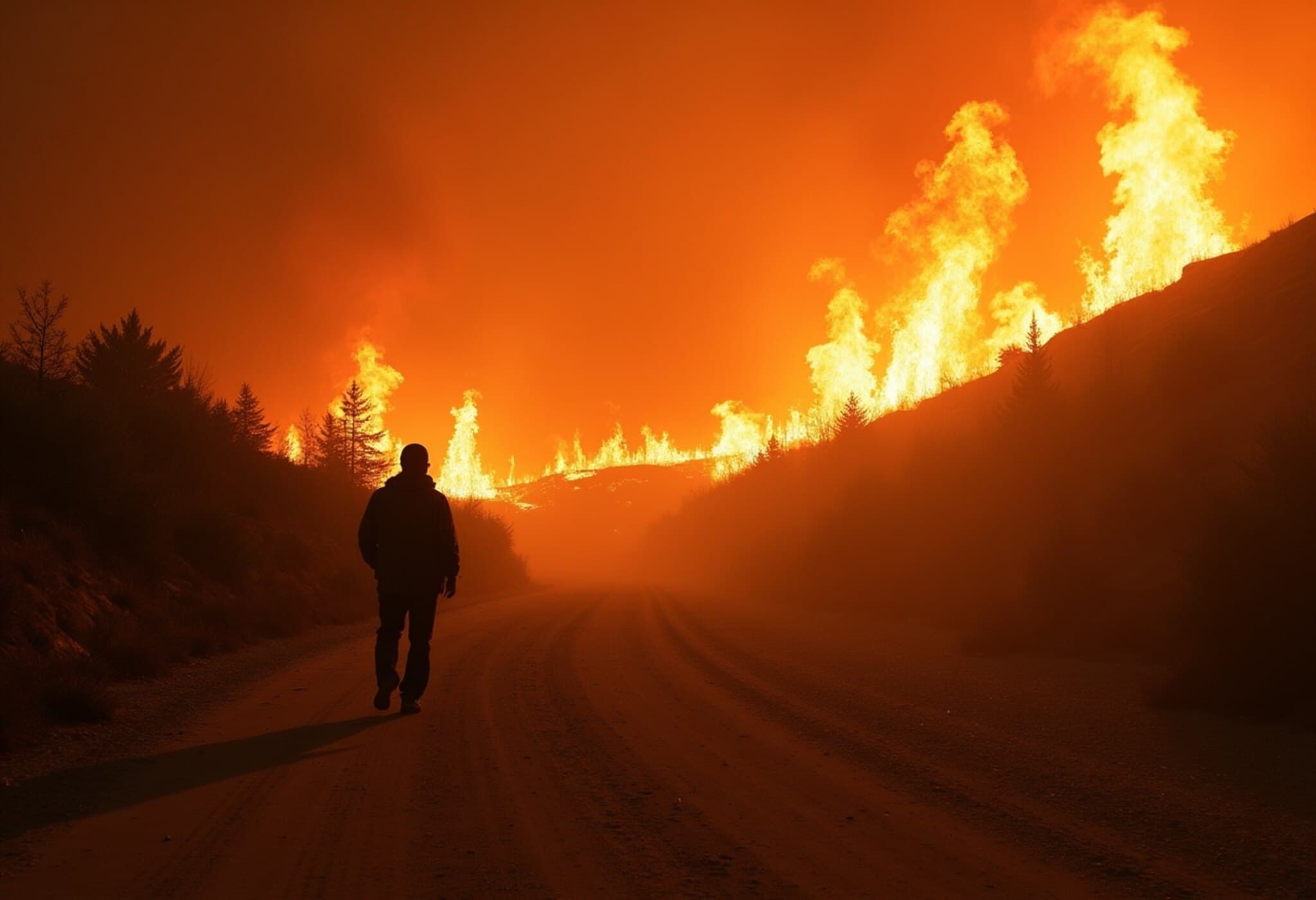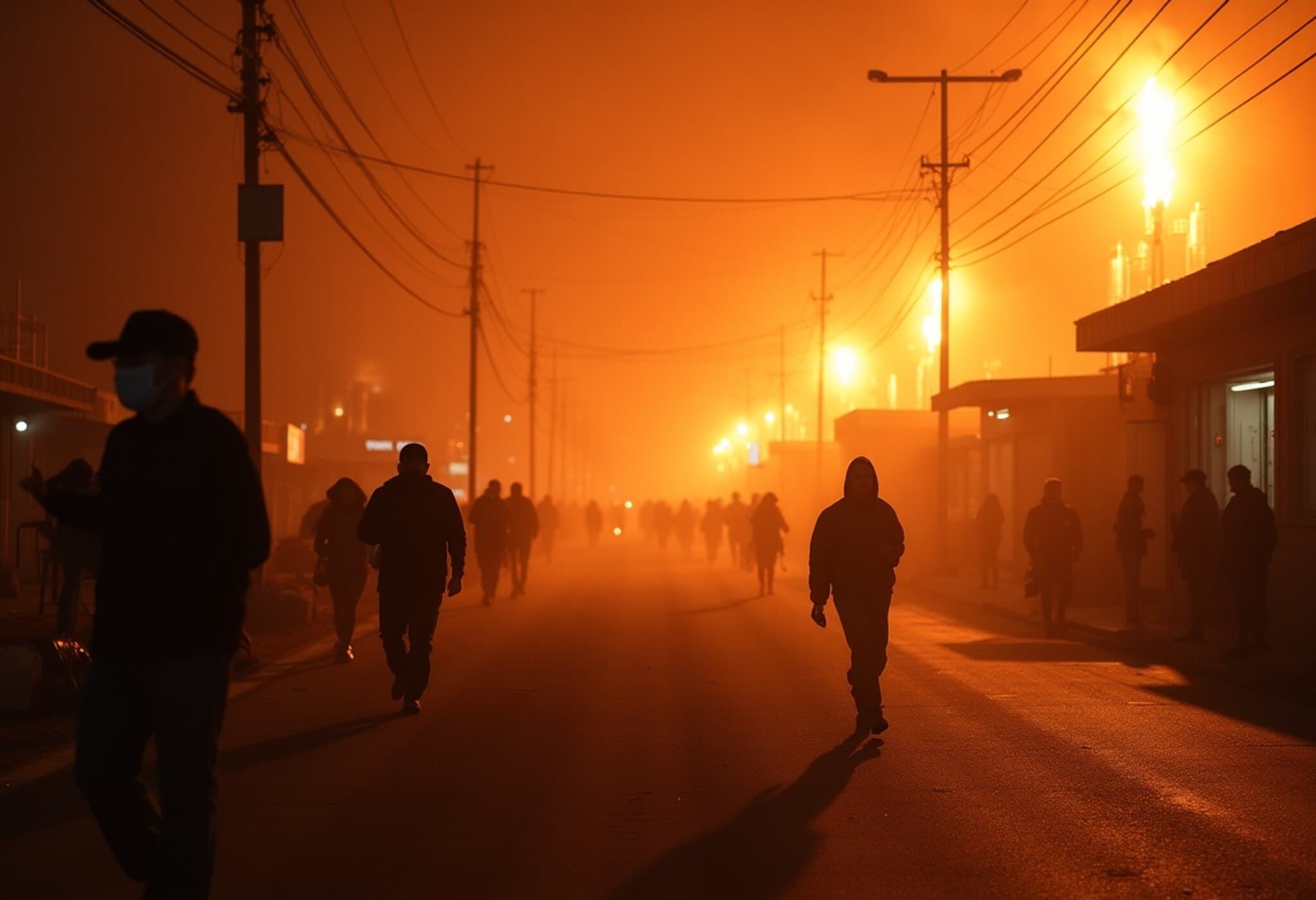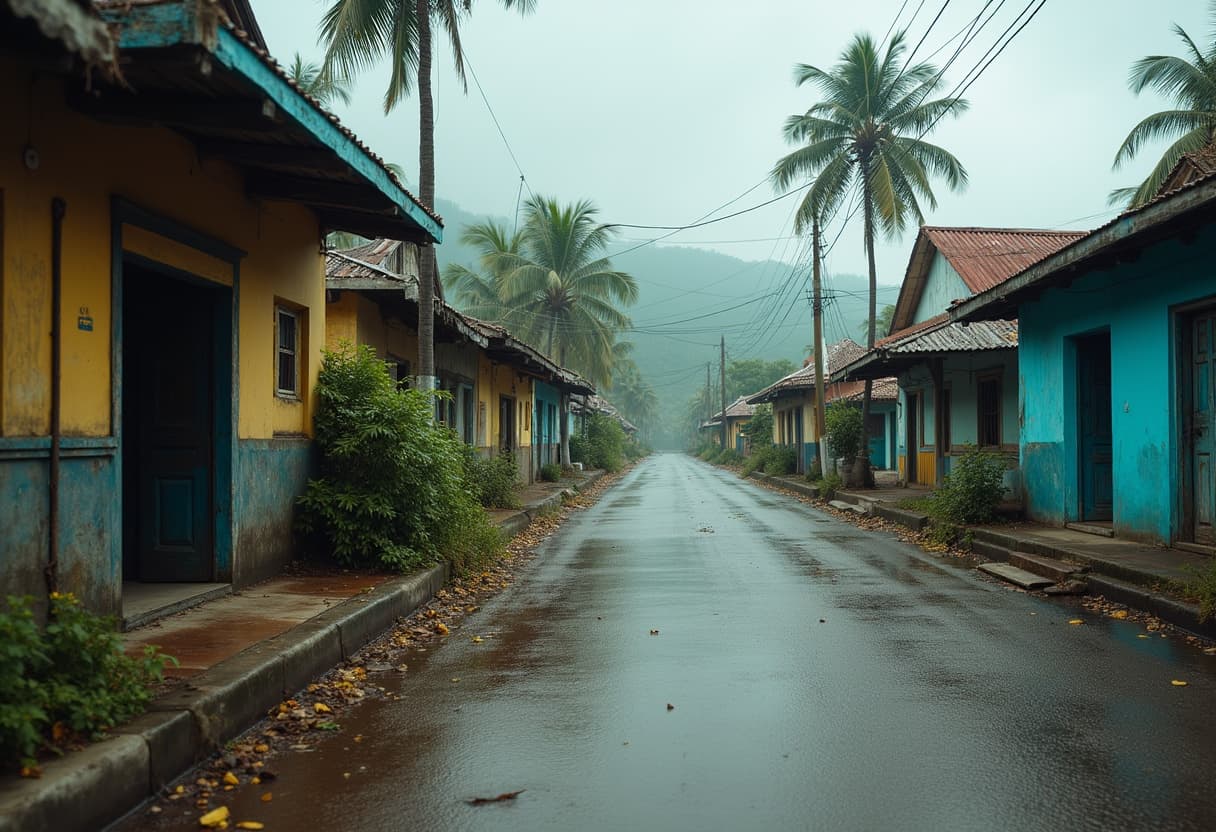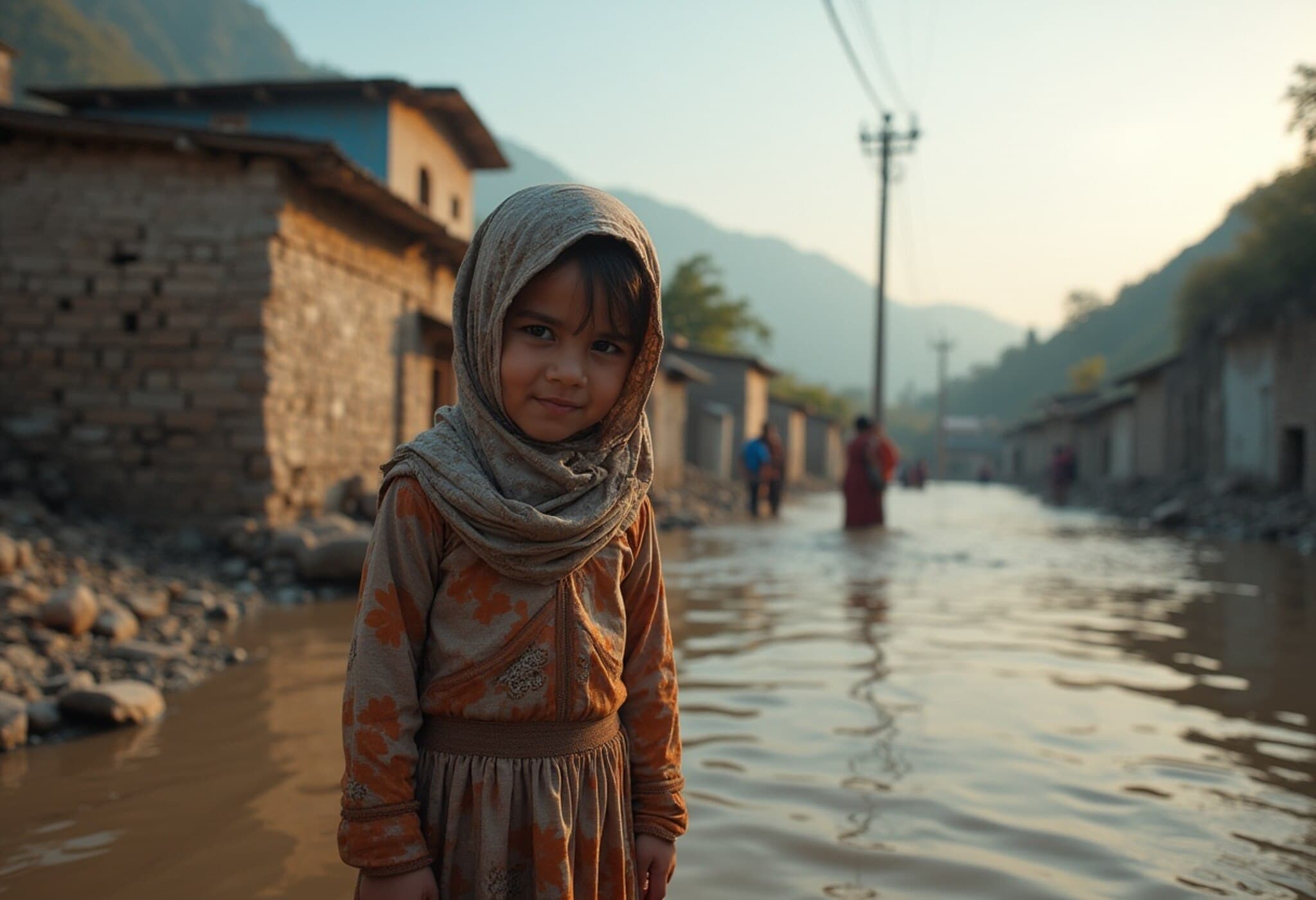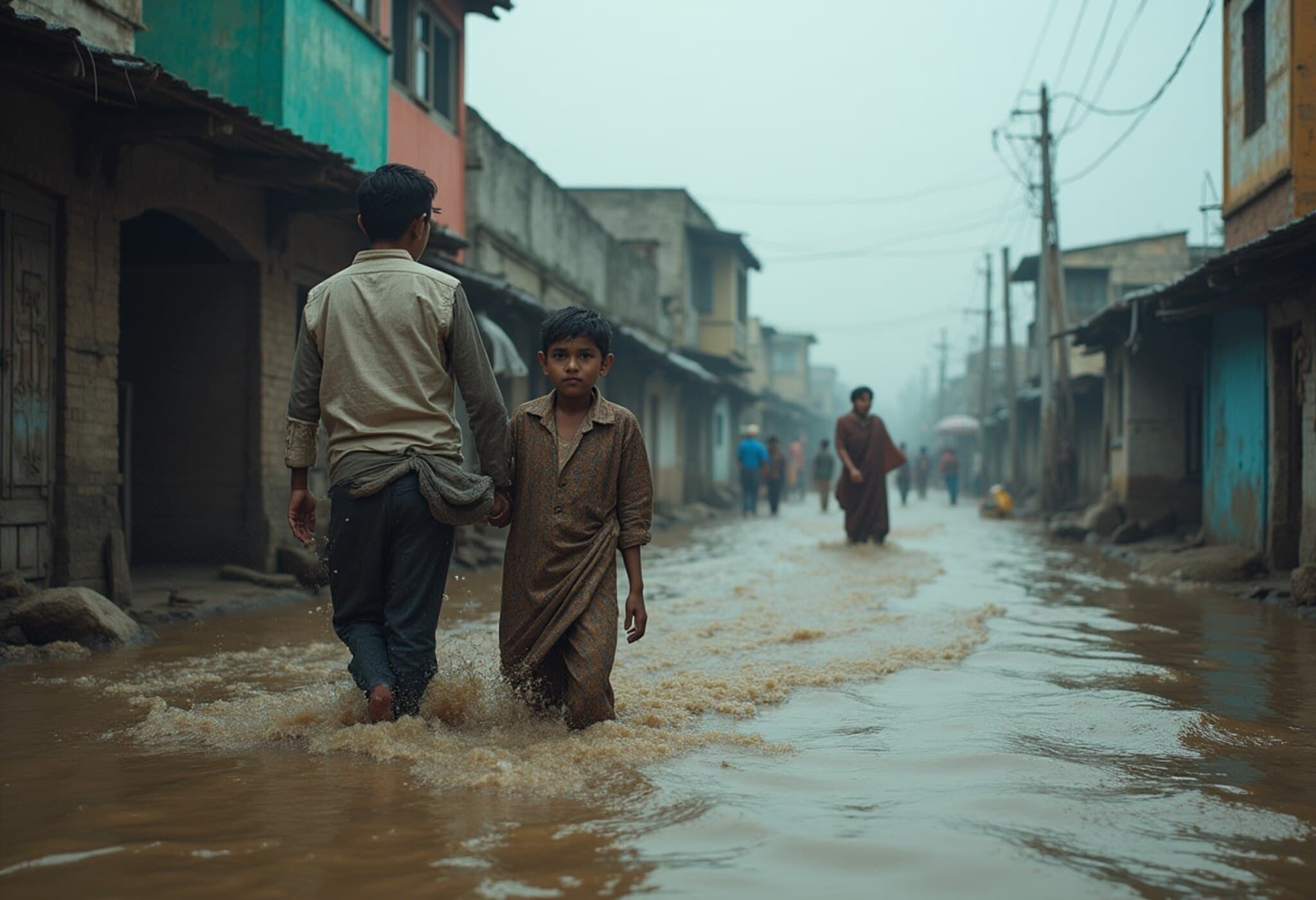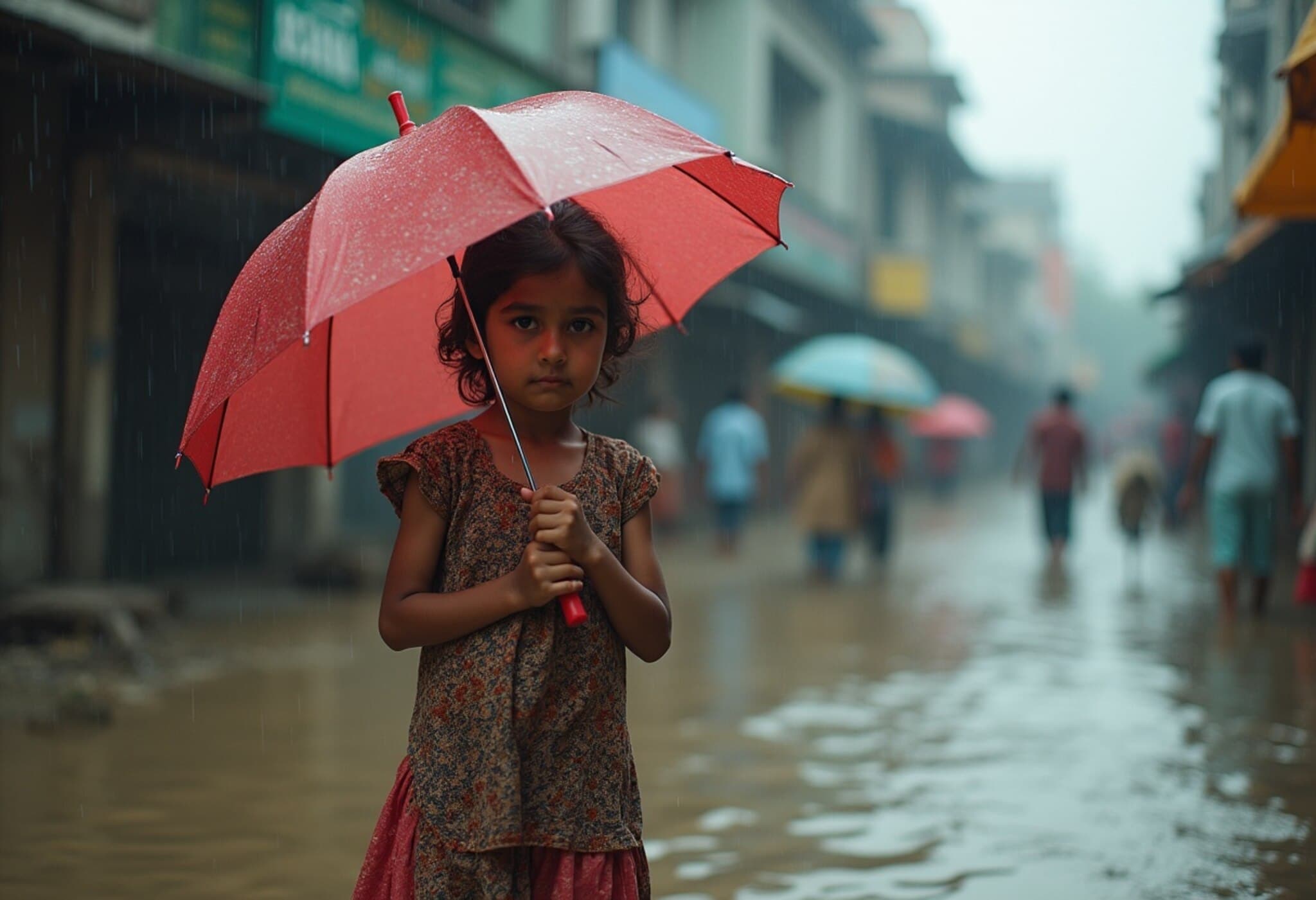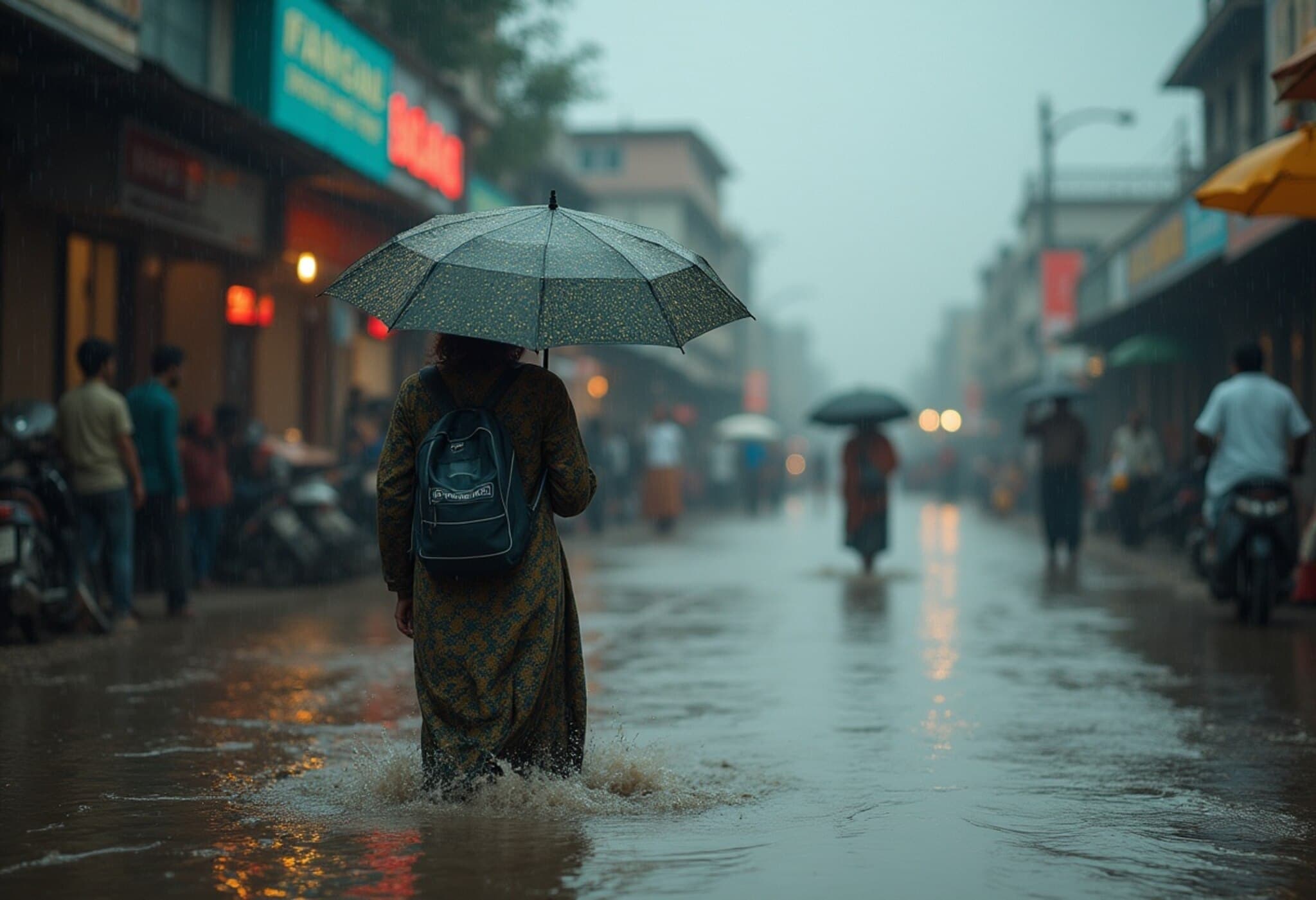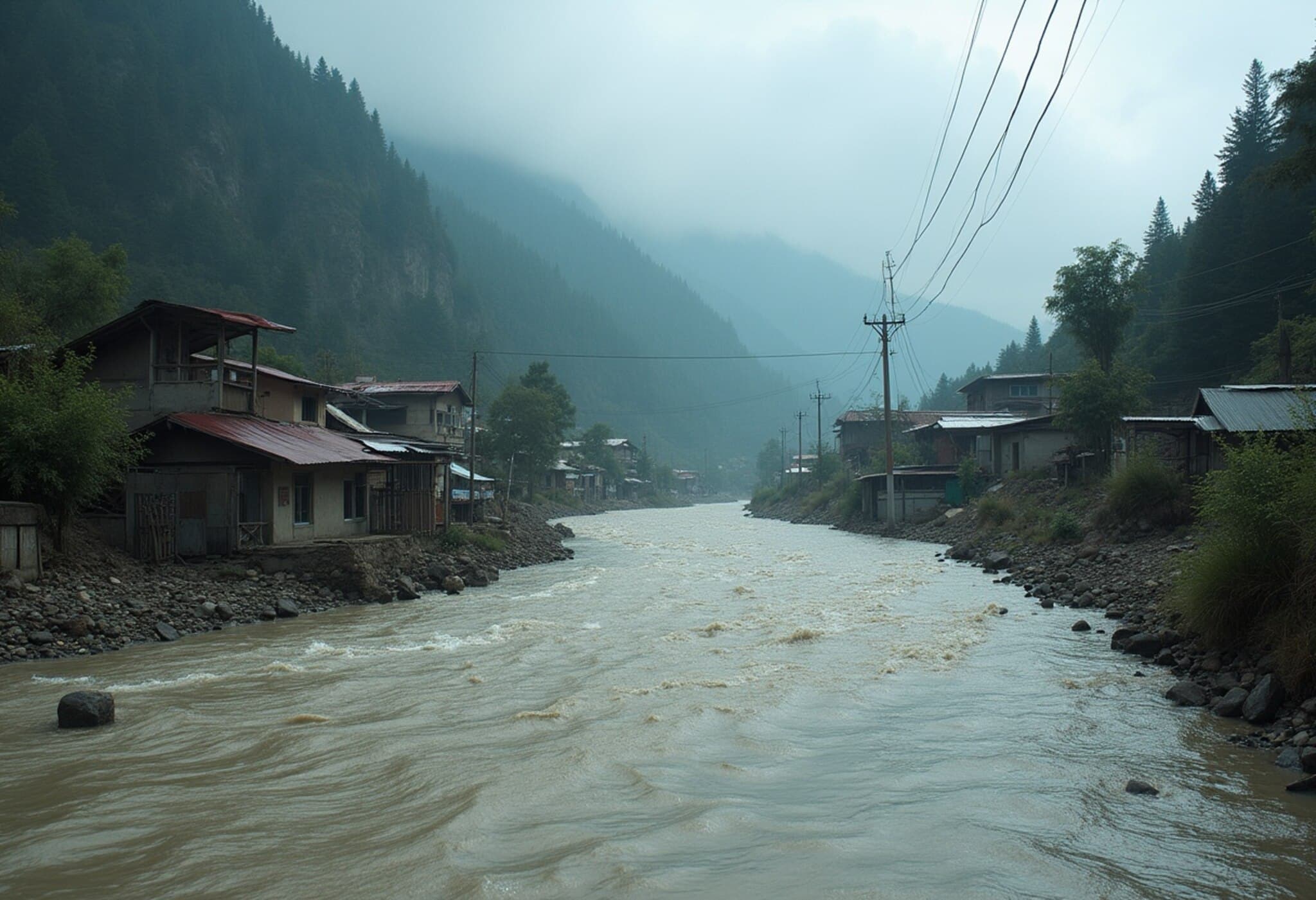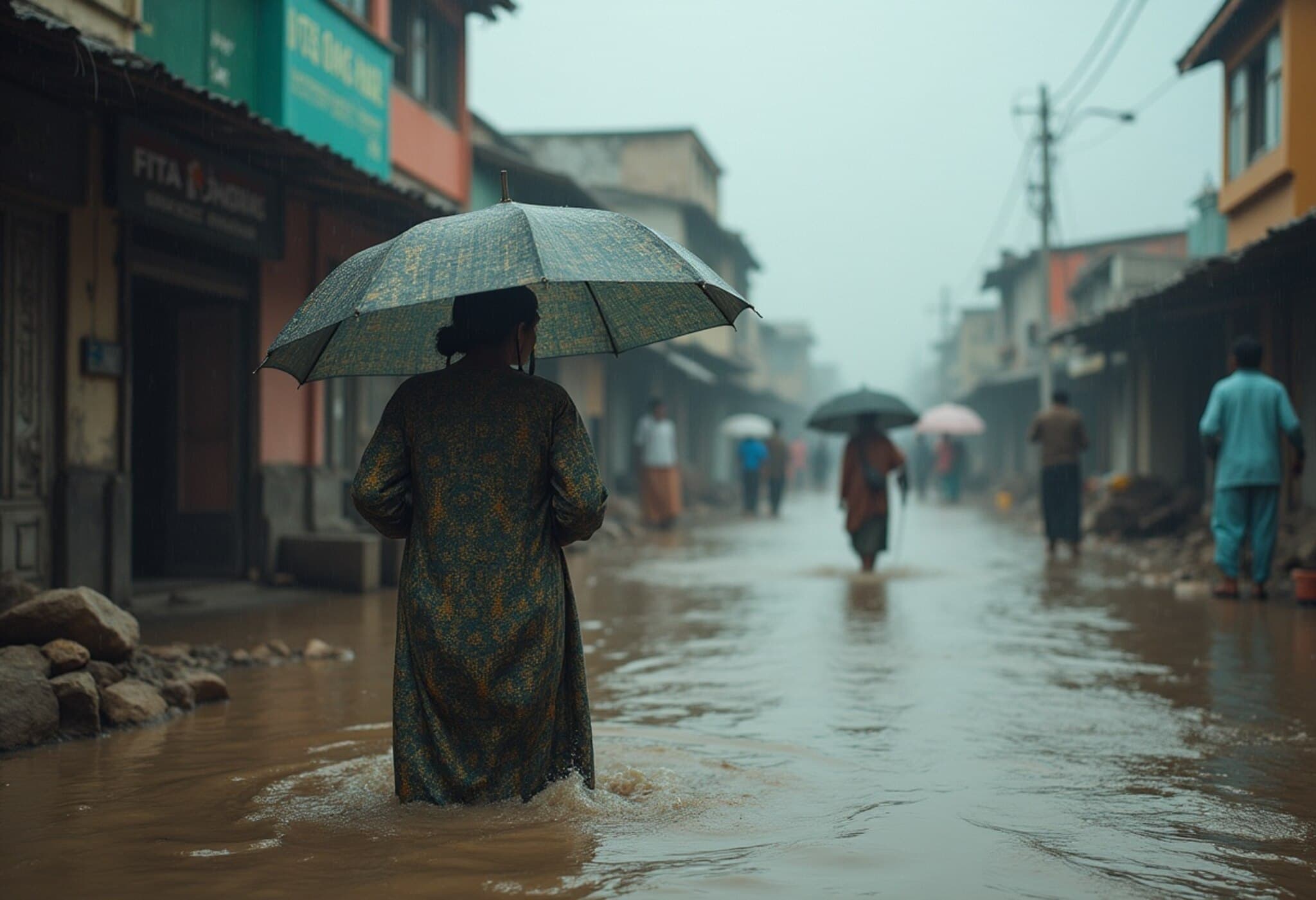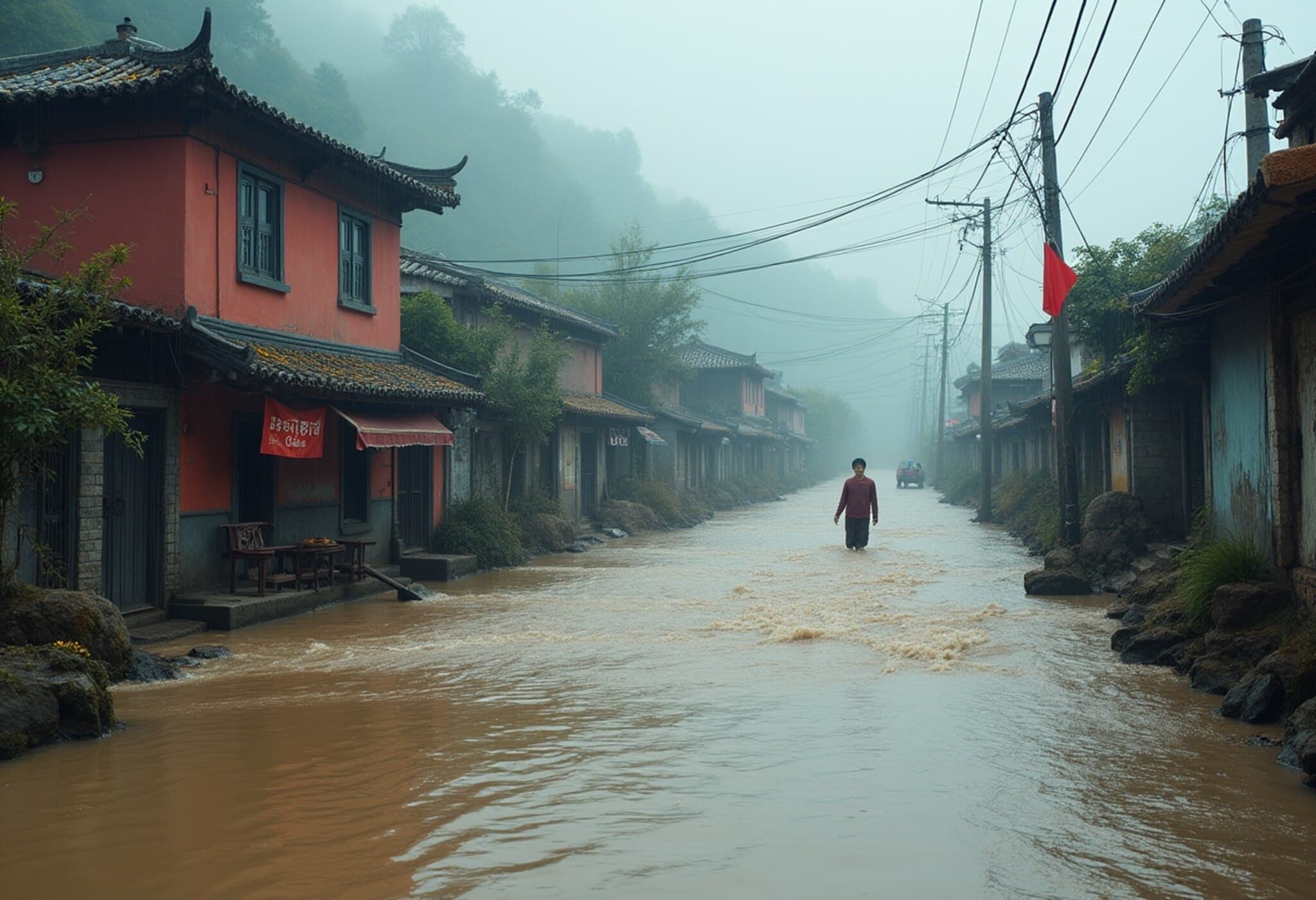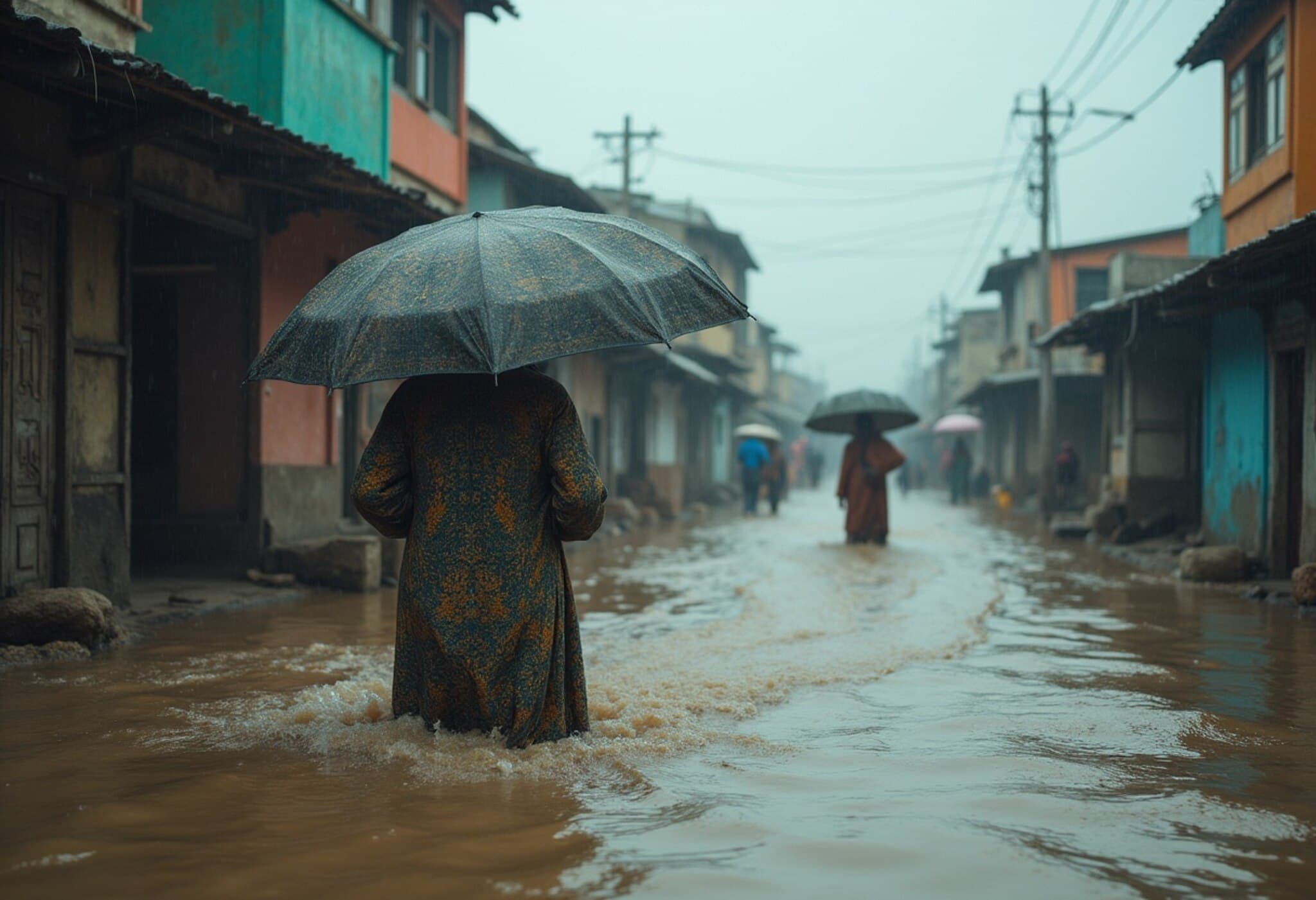Devastating Flash Floods Ravage Northern Pakistan, Leaving Scores Dead and Thousands Displaced
In the span of just 24 hours, torrential rains unleashed catastrophic flash floods across Pakistan's northern and northwestern regions, tragically claiming at least 49 lives and leaving hundreds missing. The relentless downpours have battered key areas such as Gilgit-Baltistan, Khyber Pakhtunkhwa, and Pakistan-administered Kashmir, prompting widespread rescue operations and urgent warnings from local authorities.
Torrents of Water Sepahrate Communities and Displace Thousands
Rescue teams have been working tirelessly to reach those stranded amid the floods, successfully evacuating around 1,300 tourists trapped by landslides and swollen rivers in the Siran Valley of Mansehra district. The mountainous terrain, popular among tourists for its stunning landscapes, has become perilous, highlighting the vulnerability of these regions to sudden climatic events.
Regional Impact: Lives Lost and Infrastructure Threatened
- Gilgit-Baltistan: Hit by multiple floods since July, causing deadly landslides along the Karakoram Highway, a vital artery for trade and tourism between Pakistan and China. A spokesperson confirmed 10 fatalities in the Ghazar district alone.
- Bajaur District, Khyber Pakhtunkhwa: A massive cloudburst triggered flash flooding that claimed 16 lives, including women and children, with 17 more people still missing.
- Battagram District: Floodwaters have killed 10 people, and 18 remain unaccounted for.
- Pakistan-Administered Kashmir: Reports confirm 7 fatalities due to rain-related incidents.
Climate Change and the Growing Threat of Cloudbursts
The increasing severity and frequency of such floods have been scientifically linked to climate change. A recent study by World Weather Attribution found that rainfall from June 24 to July 23 was 10% to 15% heavier than in previous years, largely because of the warming atmosphere. Experts warn that concentrated downpours, or cloudbursts, are becoming alarmingly common, especially in topographically complex areas like northern Pakistan.
These sudden surges of water not only overwhelm natural drainage but also pose monumental challenges to disaster preparedness and infrastructure resilience in a country already grappling with recurring climate disasters.
President Urges Swift Response as Authorities Brace for More Flooding
In response to the unfolding tragedy, Pakistan's President Asif Ali Zardari expressed deep sorrow and urged authorities to accelerate rescue, relief, and rehabilitation efforts. Meanwhile, the Pakistan Disaster Management Authority has issued fresh alerts about the risk of Glacial Lake Outburst Floods (GLOFs), especially around Gilgit-Baltistan’s fragile glaciers which are critical to the nation’s water reserves.
The Human Cost Beyond Numbers
Since June 26 alone, rain-related incidents have claimed over 360 lives nationwide, disproportionately affecting women and children. Communities in remote and mountainous areas often suffer the brunt due to limited infrastructure and challenges in communication and emergency response access.
The 2022 monsoon season remains a grim reminder, having killed more than 1,700 people and causing nearly $40 billion in damages — losses that Pakistan is still recovering from.
Looking Ahead: Calls for Climate Resilience and Sustainable Preparedness
This recurring pattern of devastating floods in Pakistan underscores the urgent need for enhanced climate resilience strategies, improved early warning systems, and infrastructure development tailored to the country’s unique geography. Building adaptive capacities at the community level, investing in sustainable drainage, and fostering regional cooperation along crucial trade routes like the Karakoram Highway are also pivotal.
For the millions who depend on the glaciers of Gilgit-Baltistan for fresh water and livelihoods, safeguarding these natural assets against the backdrop of climate change is now more critical than ever.
Editor’s Note
The recent flooding in Pakistan serves as a stark illustration of how climate change amplifies natural disasters, especially in vulnerable regions. These events challenge policymakers, communities, and international partners to rethink disaster management and climate adaptation. Beyond counting casualties, it’s vital to ask: How can Pakistan balance economic development with environmental stewardship? What innovative solutions can mitigate the loss of life and property amid increasingly unpredictable weather?

